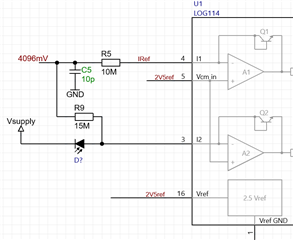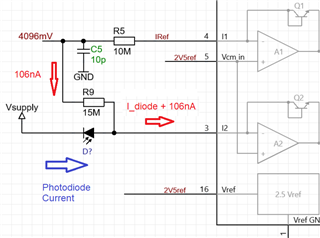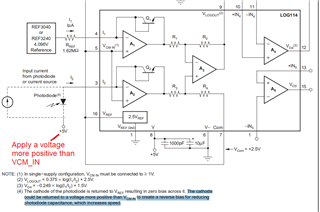Dear E2E team
I'm evaluating LOG114 for an application that requires some bandwidth.
The test circuit is as follows (Vsupply = 5 V, bypass capacitors not depicted but present):
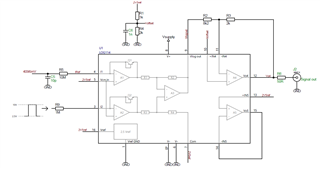
The measured response is shown in this screenshot (this is the falling edge of the signal at the input):
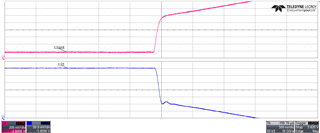
I'm aware that logarithmic amplifier have a bandwidth that decreases with input current, but I'd expect it to do so gradually. Here we observe a sharp knee.
Does this knee belong to the response of LOG114 or am I seeing something else? Is there a way to avoid it?
Thank you, Enpa



